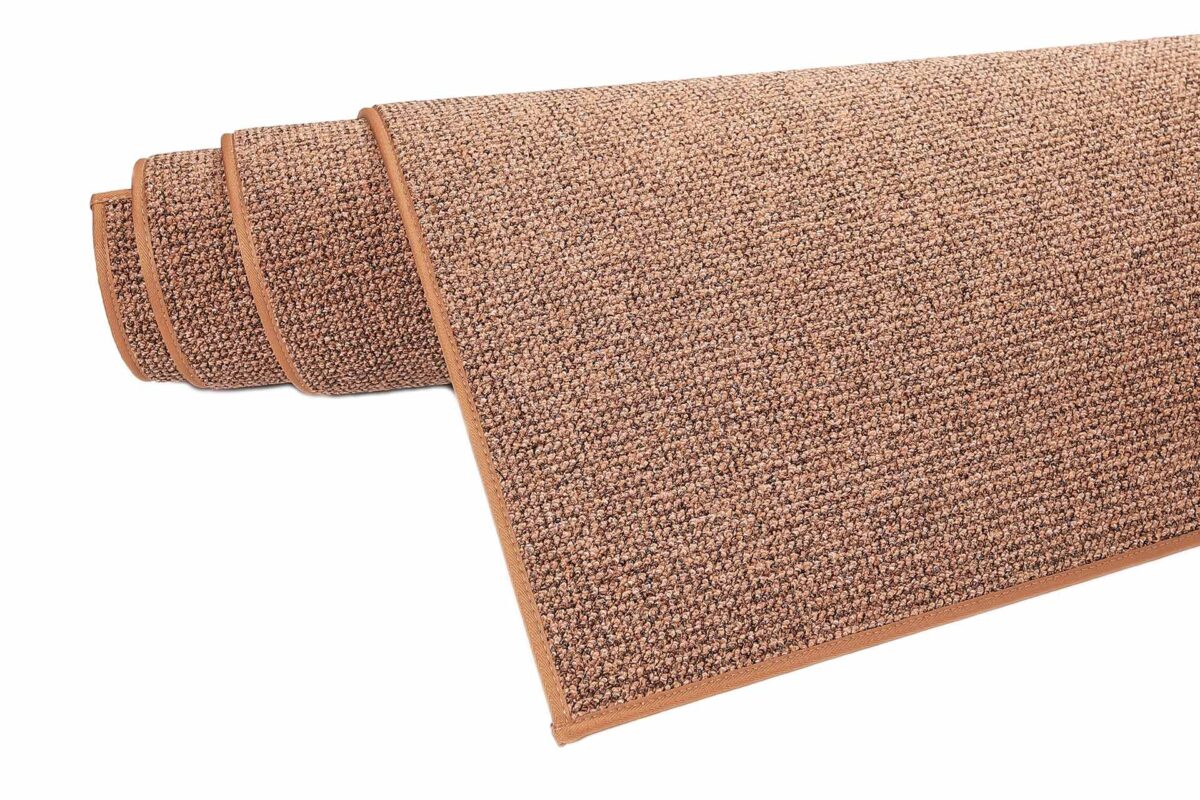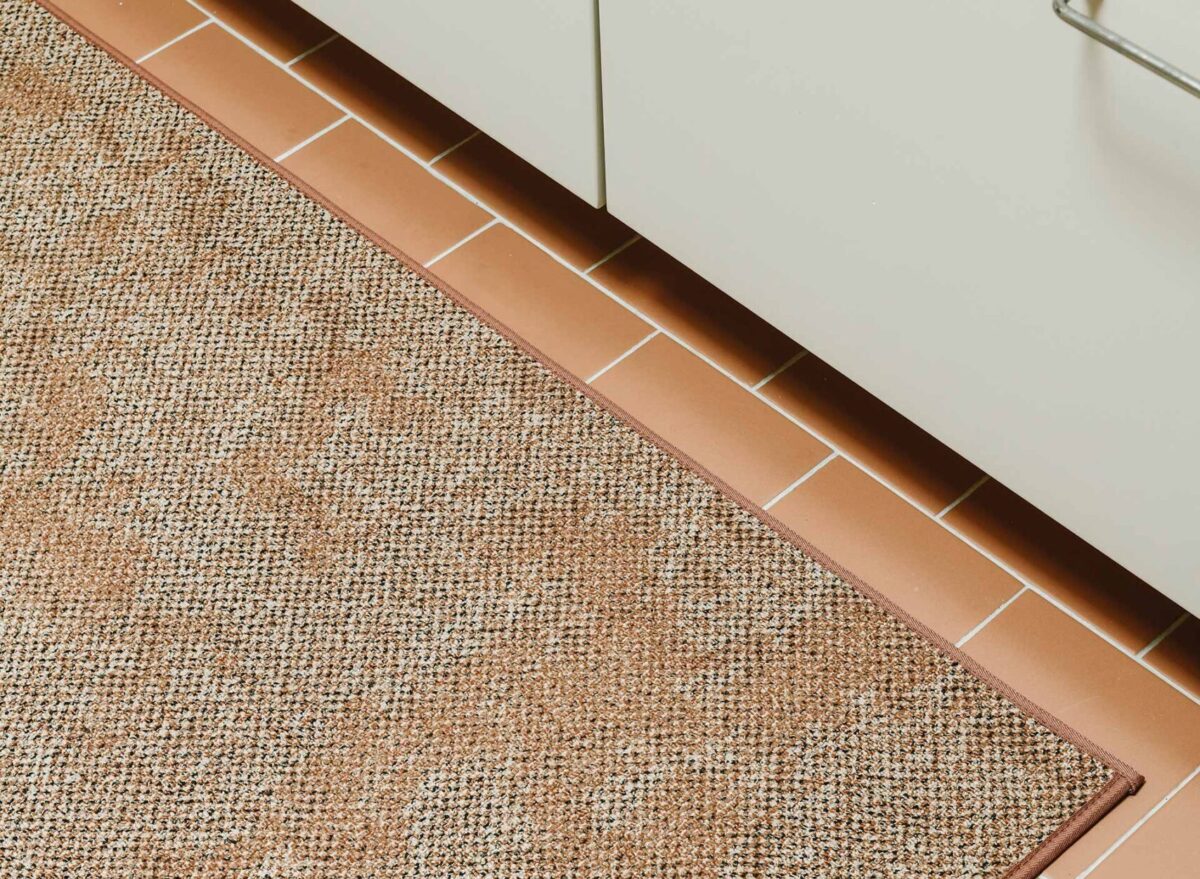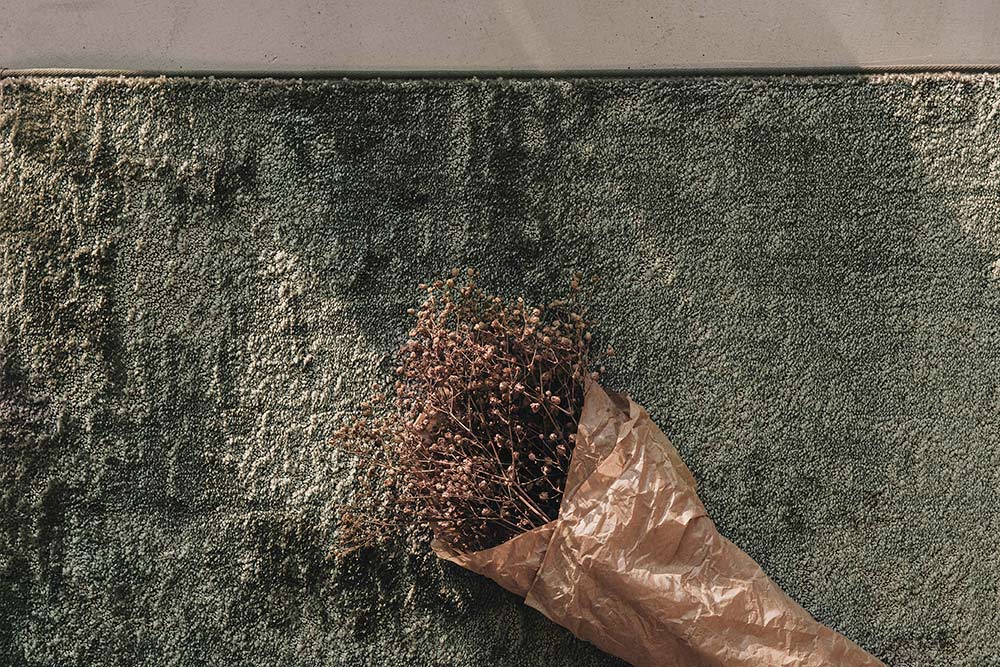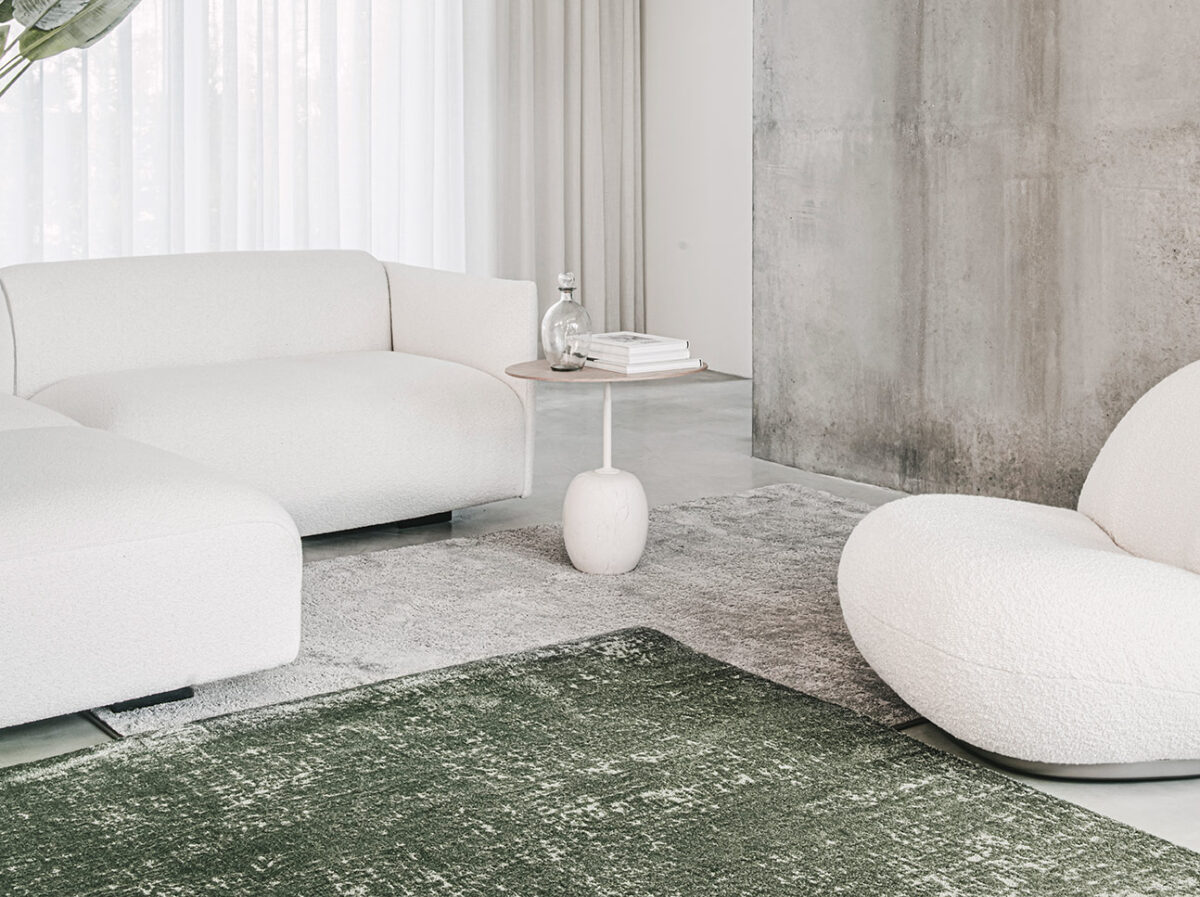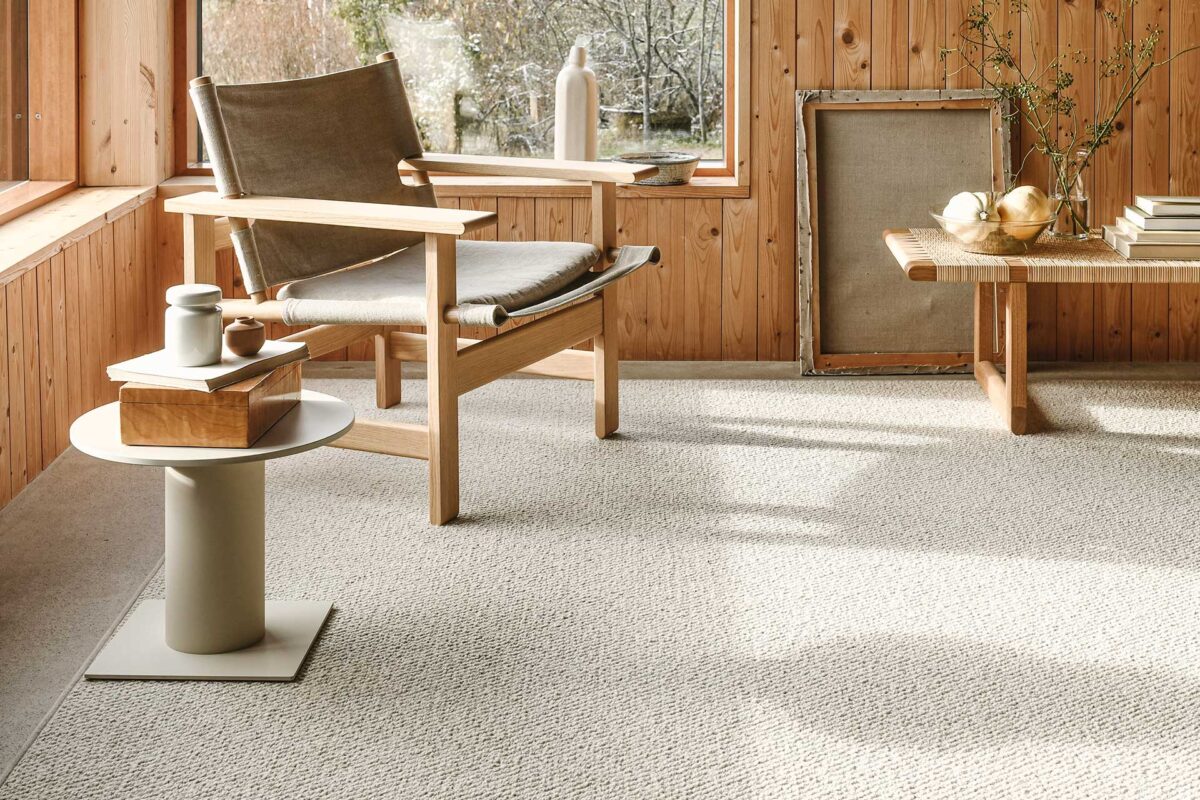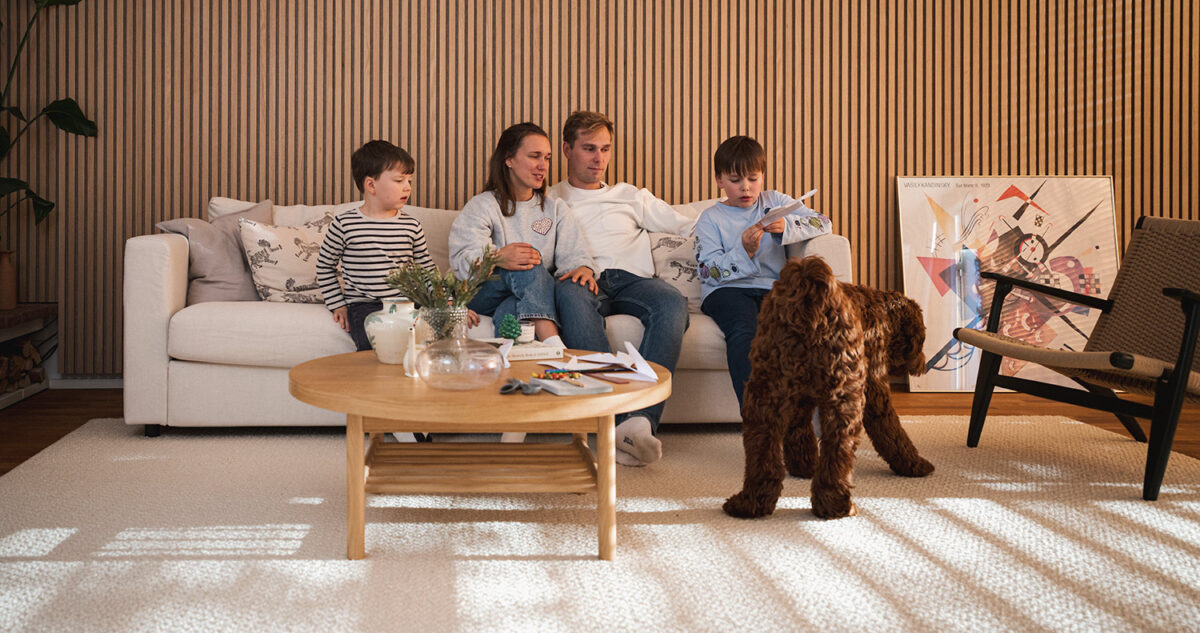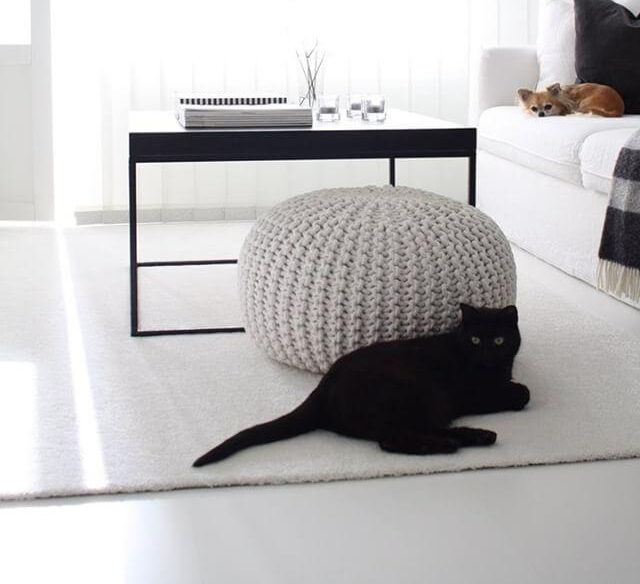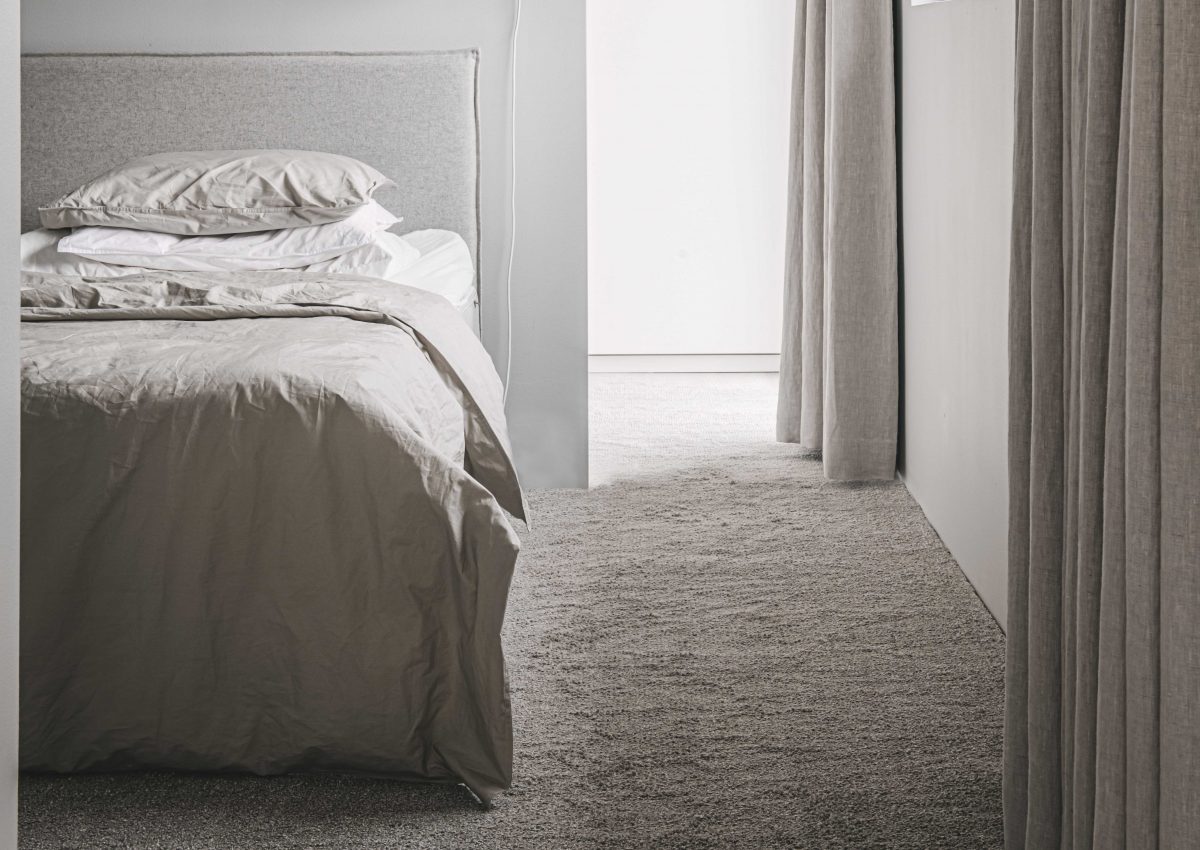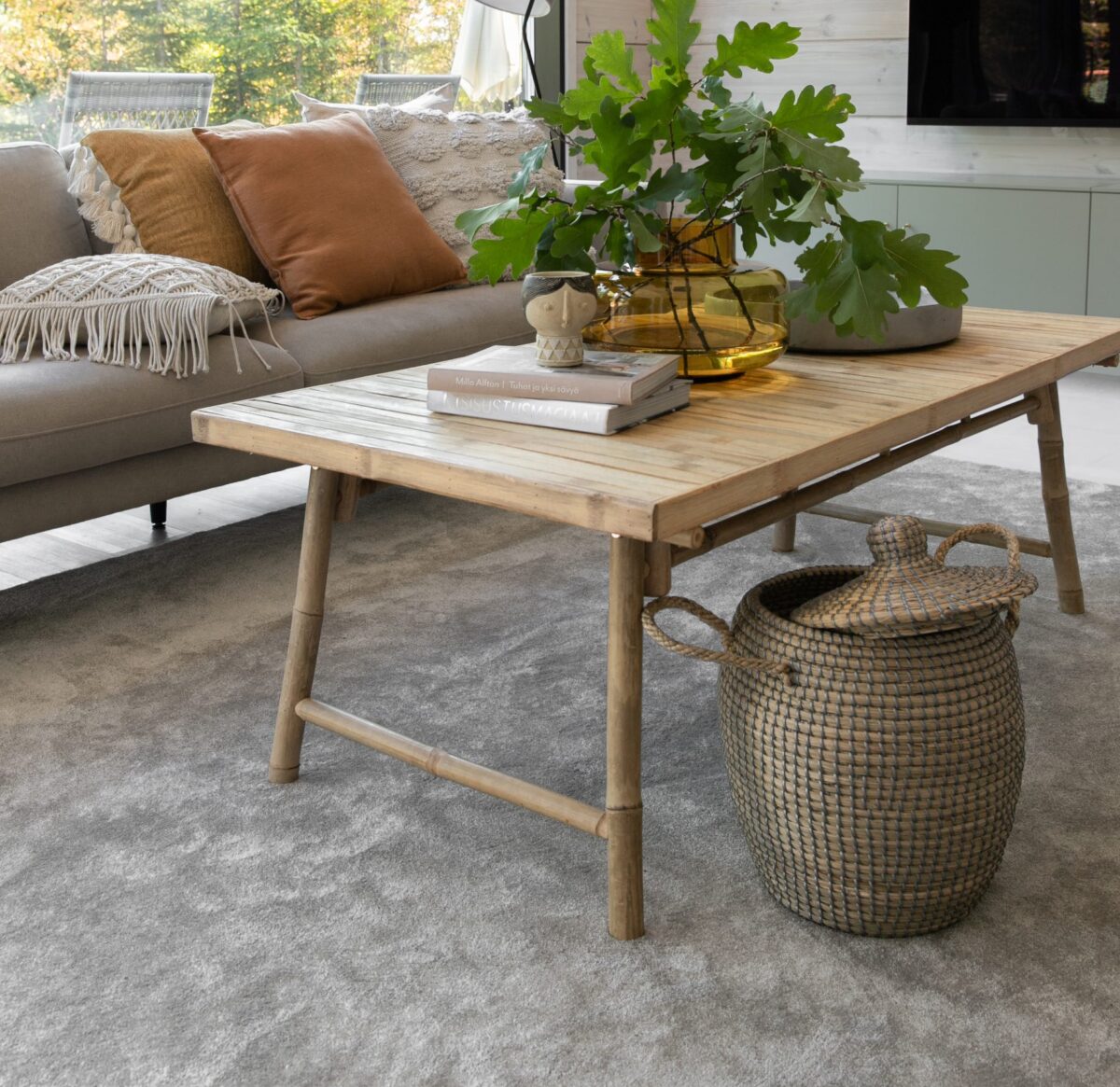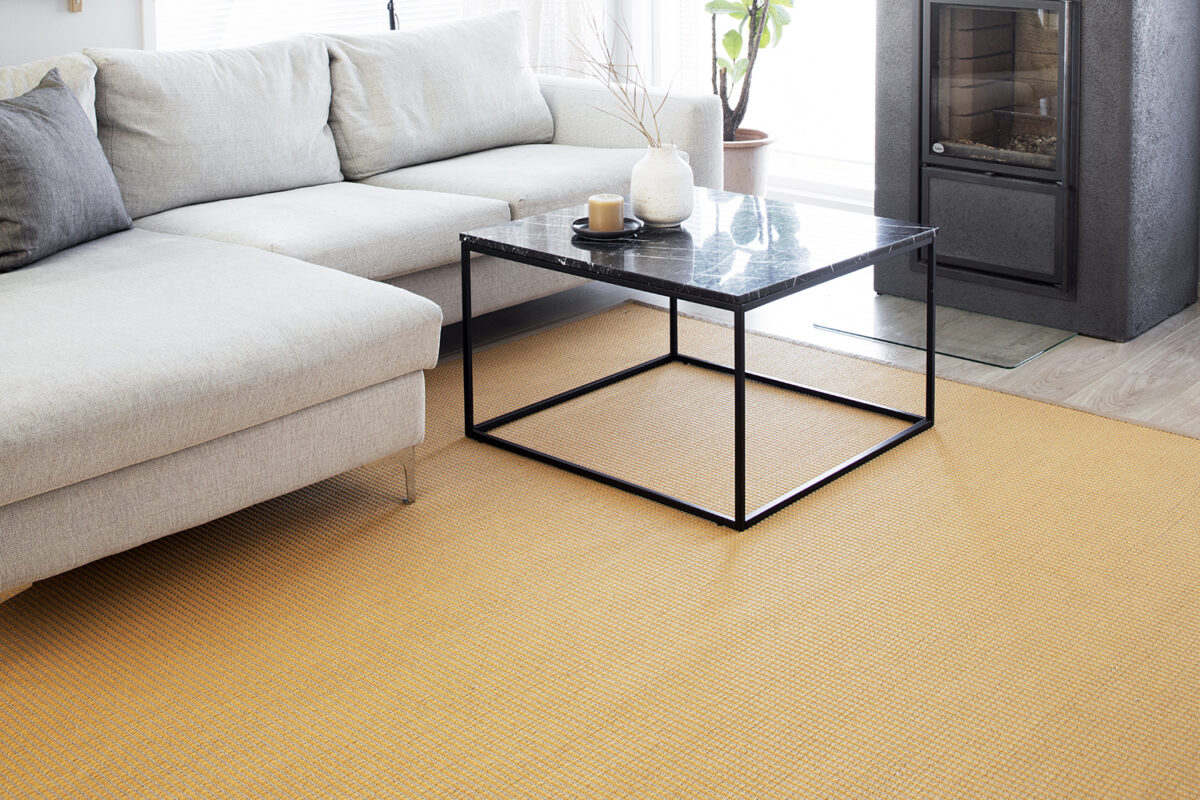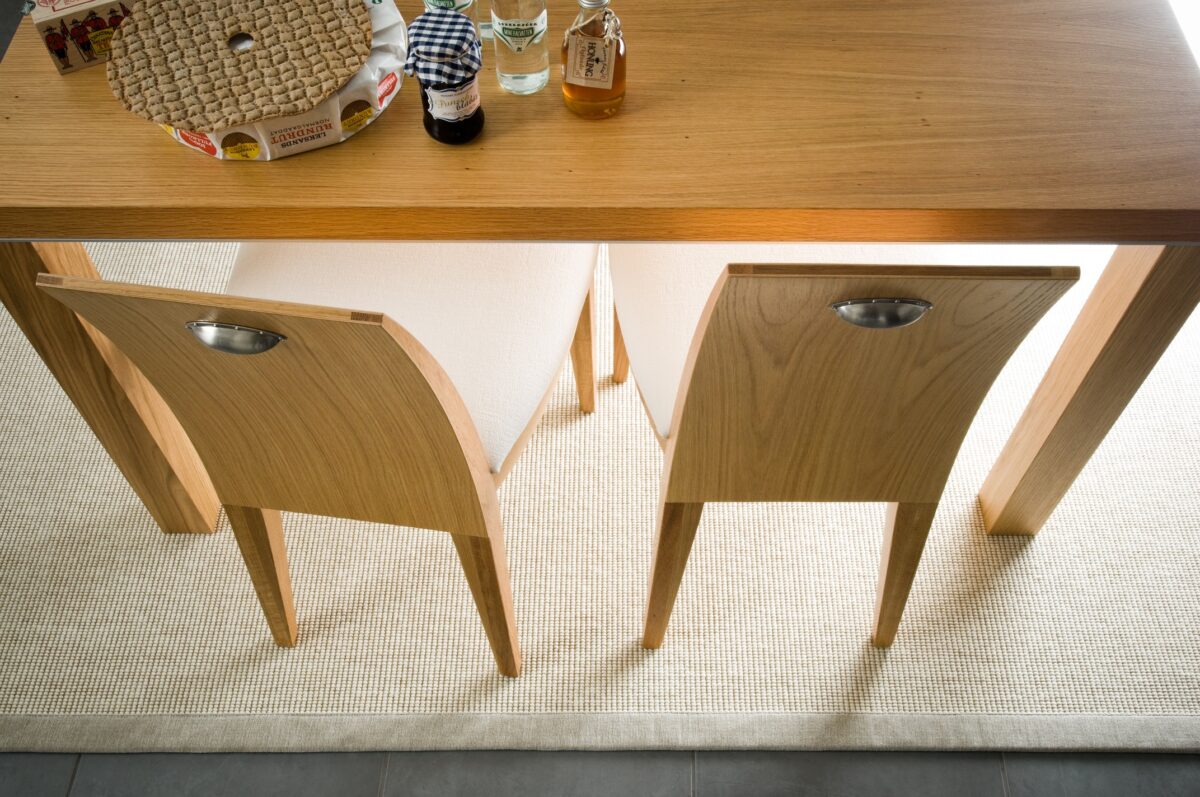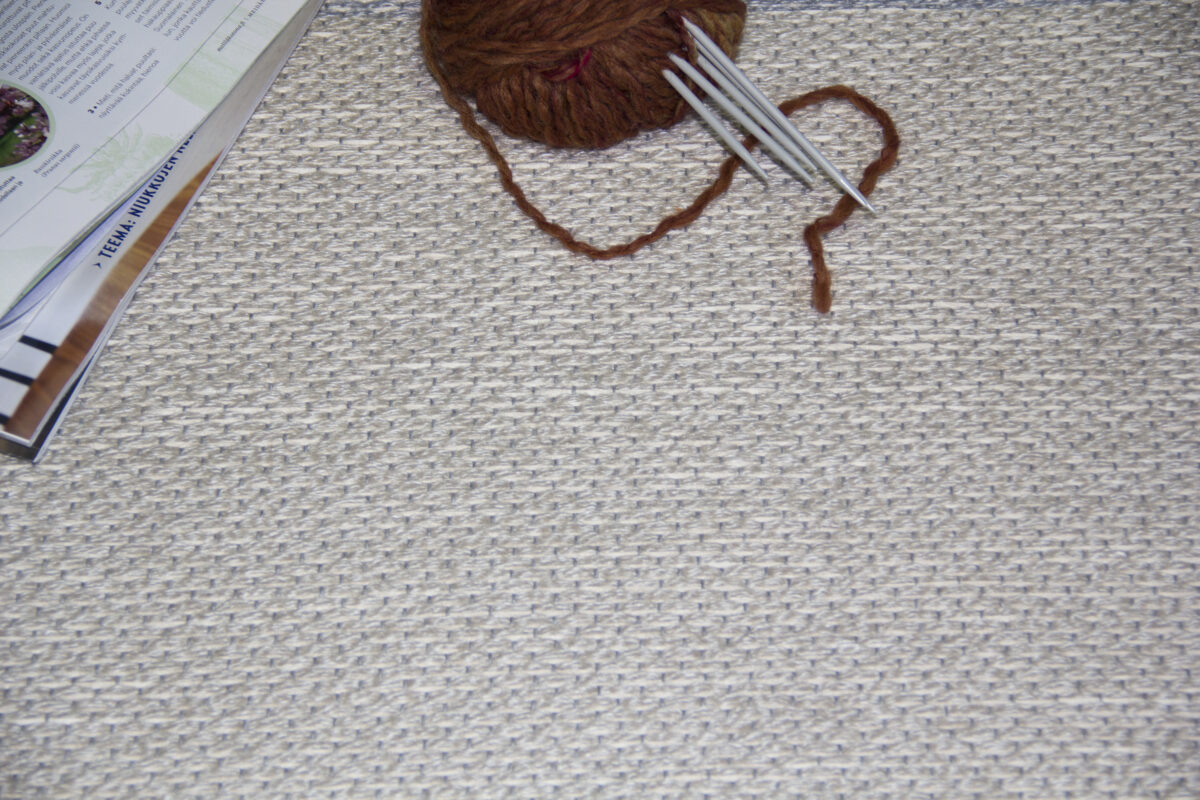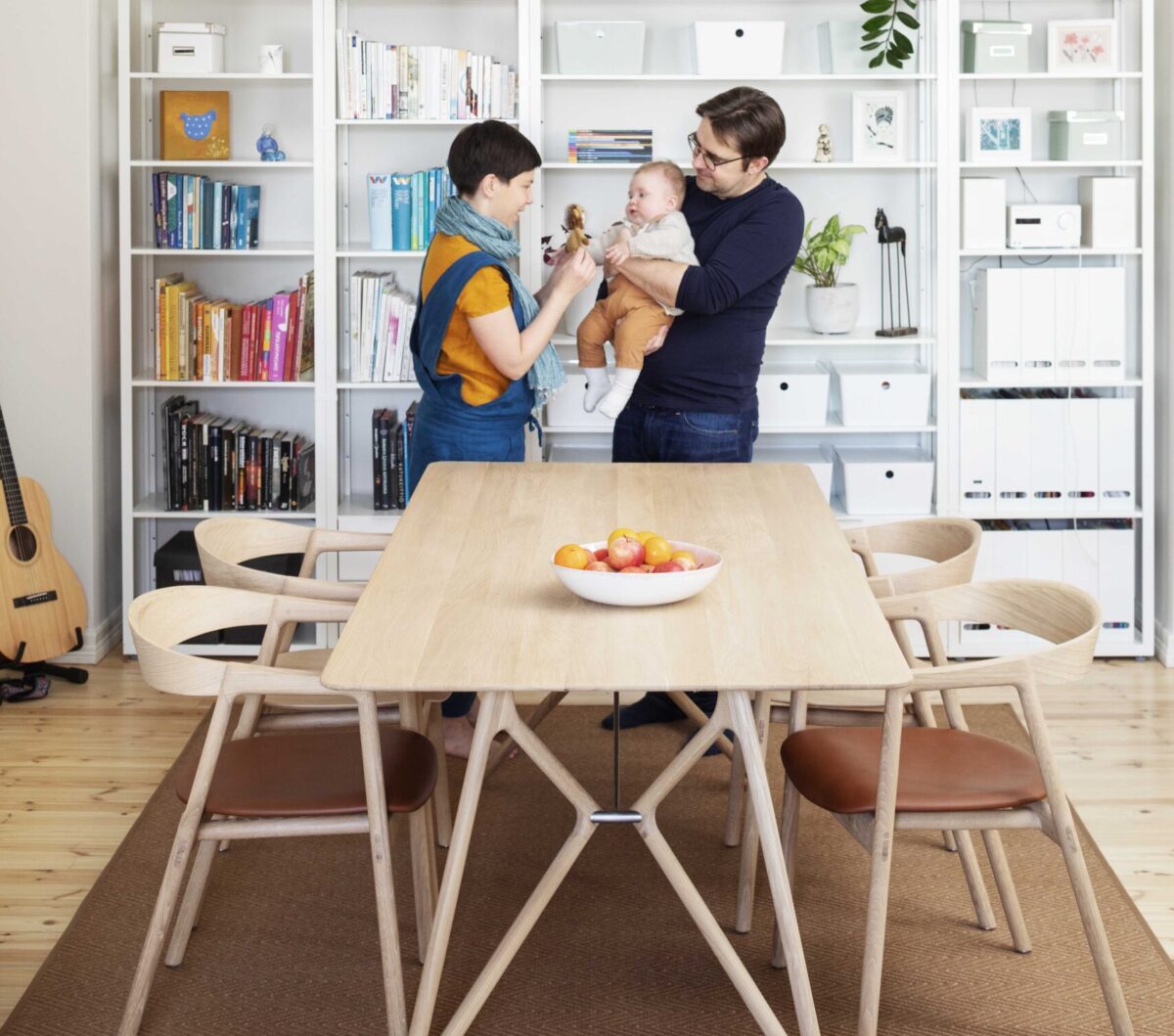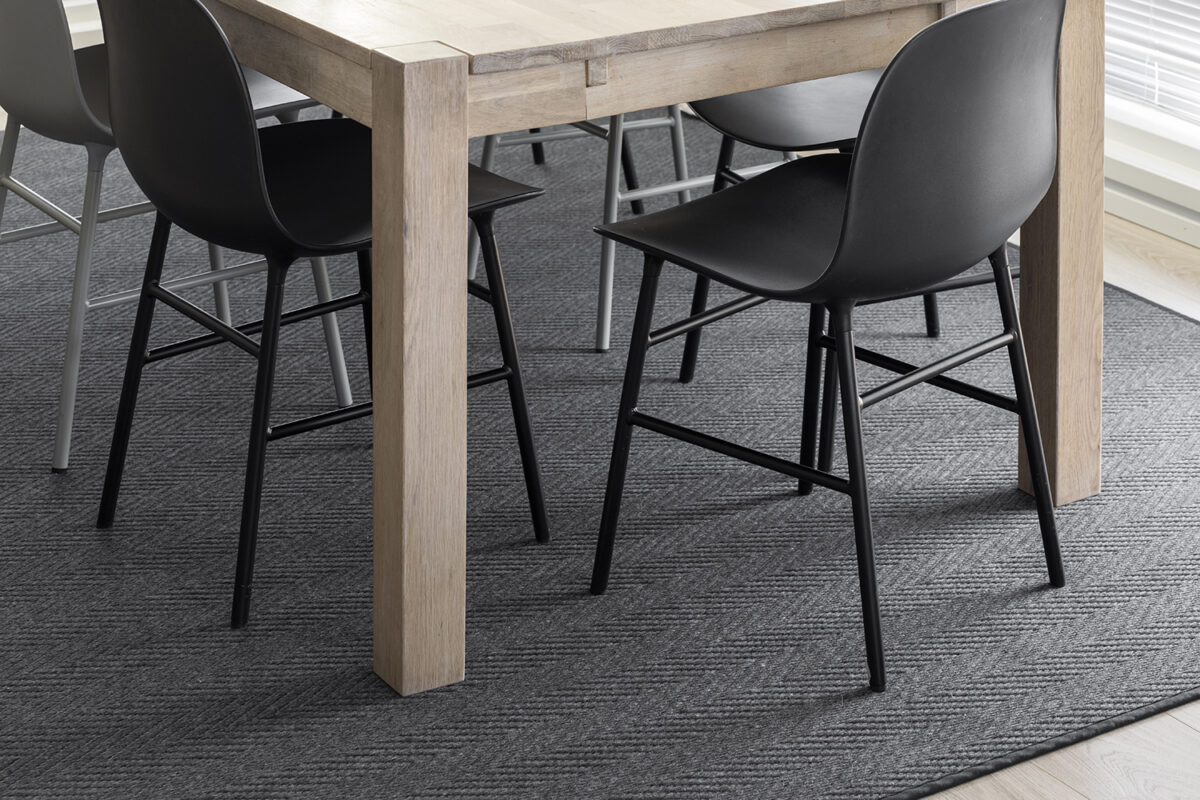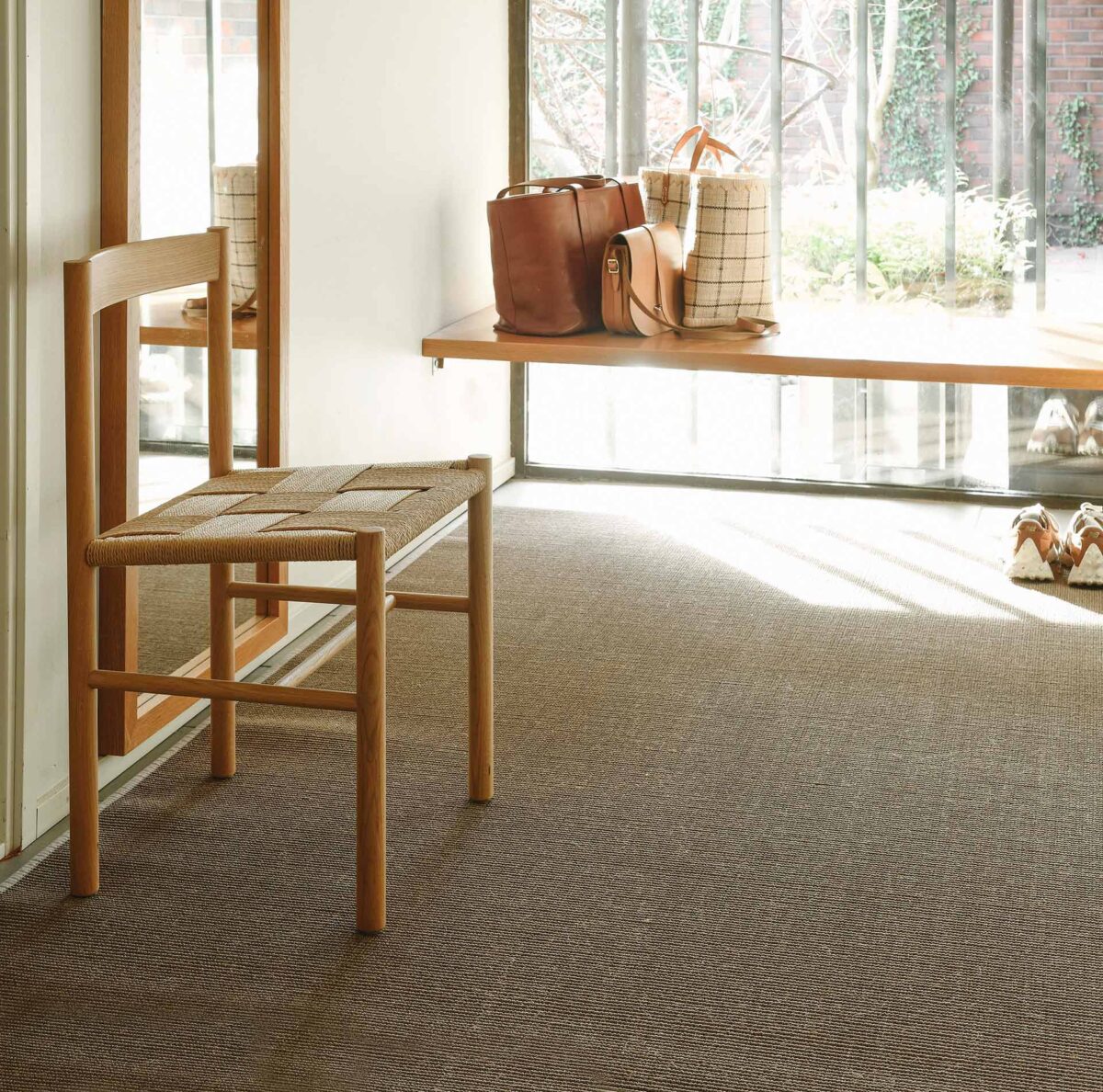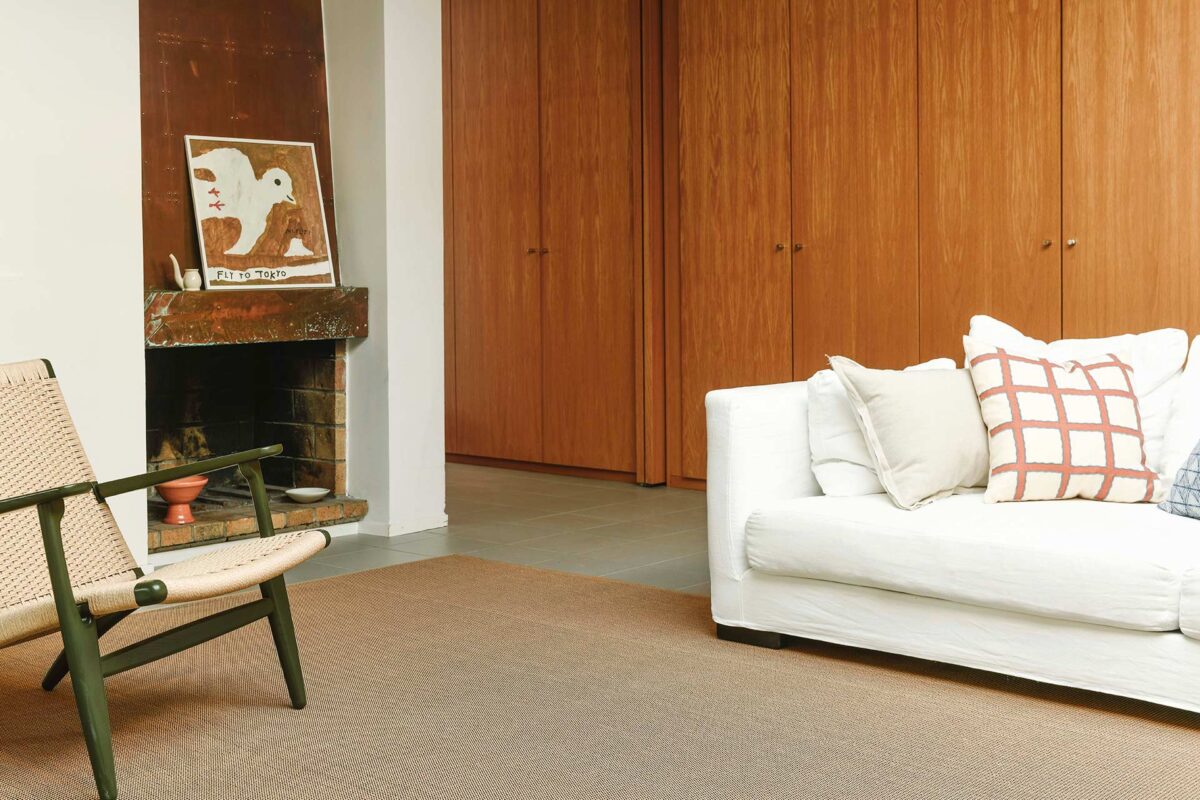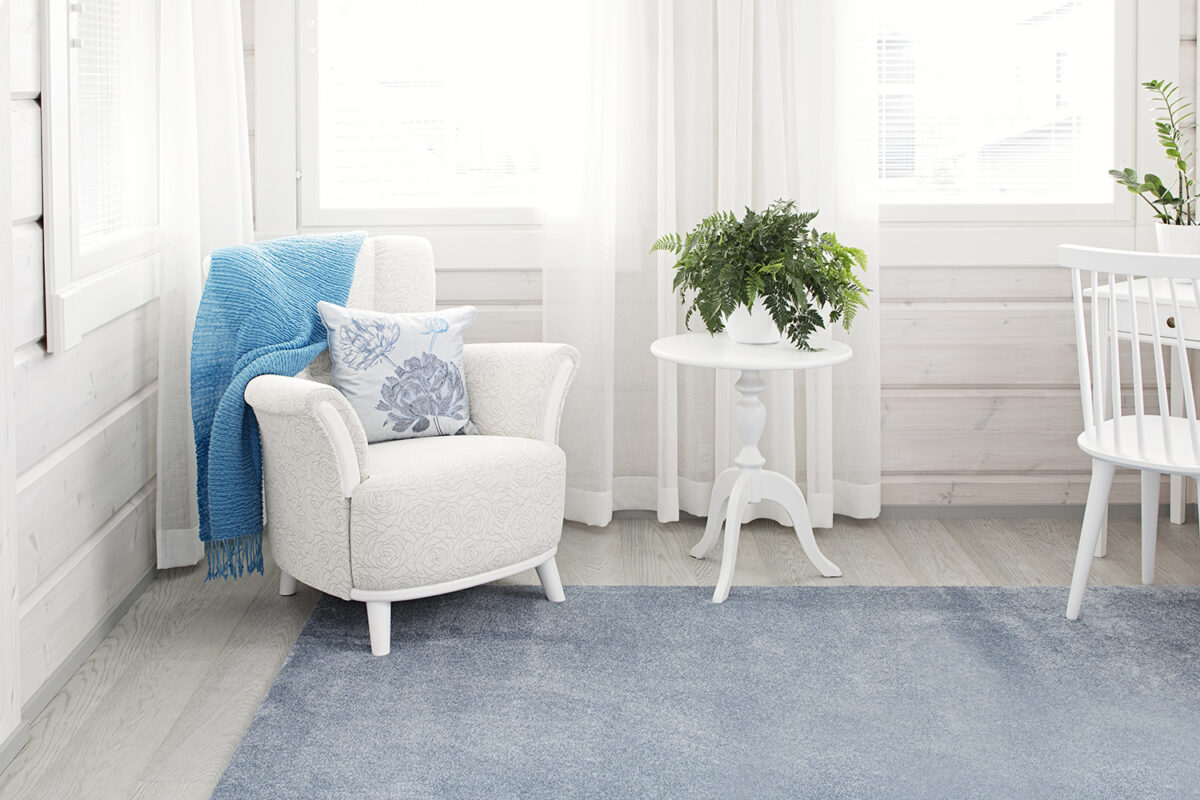An entryway rug needs a non-slip backing that works safely with underfloor heating. Non-slip backing keeps the rug in place in wet and snowy conditions when people are constantly moving in and out of the entryway. Quality backing doesn’t damage the floor, allows heat to pass through efficiently, and gives the rug structure. In this article, we’ll explore why non-slip properties are important, which materials are most durable, and how to choose a rug that works for your entryway.
Why is non-slip backing so important for an entryway rug?
A non-slip rug prevents dangerous situations in the entryway, where people walk with wet feet and bring in snow and water during winter. In the Finnish climate, the entryway floor is often wet, and a slipping rug poses a fall risk, especially for children and the elderly. Quality non-slip backing keeps the rug firmly in place, even when people move quickly across it or pull off their shoes.
Non-slip backing also protects your floor. When the rug stays in place, it doesn’t rub against the floor surface and doesn’t cause scratches or wear. This is particularly important for wooden floors and laminates, which are susceptible to damage.
Good backing makes daily life smoother. You don’t need to constantly straighten the rug or worry about it slipping. The rug stays neatly in place, even when there’s busy traffic in the entryway. The backing should be flexible and sufficiently soft so that it conforms to the floor surface and maintains grip on all types of flooring materials.
Is any rug suitable for underfloor heating?
Not all rugs are suitable for underfloor heating. A rug that’s too thick or insulating prevents heat from rising efficiently into the room and can impair the heating system’s performance. With underfloor heating, you need a rug that allows heat to pass through well but doesn’t damage the floor or overheat itself.
Always check the product information to see if the rug is suitable for use with underfloor heating. A good rug suitable for underfloor heating allows heat to pass through evenly, maintains its shape, and doesn’t damage the floor surface from prolonged heat exposure. The right rug preserves the efficiency of underfloor heating and keeps your room warm during winter.
Which materials best withstand the heavy wear in an entryway?
An entryway rug is exposed to tough daily stresses: dirt, moisture, sand, and constant foot traffic wear down the material. The most durable materials for entryways are polyamide, polypropylene, and blends of these. Polyamide is extremely wear-resistant, flexible, and maintains its shape well. Polypropylene repels dirt effectively and withstands moisture excellently.
Material blends combine the best properties of both fibers. They are sturdy, easy to care for, and withstand heavy use year after year. A blended rug is a practical choice for an entryway because it doesn’t require special maintenance and retains its good appearance for a long time.
Wool is also an excellent option for entryways, although it’s not always immediately considered for high-traffic areas. Wool is naturally dirt-repellent, durable, and easy-care material. It feels pleasant underfoot and creates a warm atmosphere in the entryway. Wool’s thermal insulation properties are good, and it’s an ecological choice for long-lasting interior design.
Explore the Tweed rug, which is a polyamide-polypropylene blend runner rug. It withstands the heavy wear of entryways and hallways excellently, is easy to care for, and maintains its good appearance even after years of use.
What size should an entryway rug be?
The size of an entryway rug significantly affects the functionality and appearance of the space. The rug should be at least as wide as the exterior door so that it effectively protects the floor and creates a visually balanced whole. A rug that’s too small looks disconnected and leaves the floor exposed to dirt and moisture.
Leave 5-10 centimeters of floor visible around the edges. This makes the space look spacious and makes cleaning easier. One continuous rug generally works better than several smaller rugs, which can slip and create an untidy impression.
In long hallways, you can use two rugs if the hallway is over 8-10 meters long. With a two-rug solution, you can break up a long hallway visually into more room-like and functional sections.
A custom-sized rug fits your entryway perfectly. You can order a rug up to four meters wide and up to 30 meters long. Customized sizes make it possible for the rug to fit the space perfectly and create a unified, finished look.
How do you care for a non-slip rug with underfloor heating?
A non-slip rug over underfloor heating needs regular maintenance to stay in good condition. Vacuum the rug at least once a week, more often in heavily used entryways. Regular vacuuming removes sand and dirt that can wear down fibers and diminish the rug’s appearance.
Underfloor heating speeds up the rug’s drying, which is beneficial in a damp entryway. Stains should be removed immediately when they occur. Cleaning agents designed for textiles are recommended for washing and stain removal. Avoid dishwashing liquids and soaps, as they are not suitable for these rugs.
Rug care instructions usually include vacuuming and airing, but always check your own rug’s care instructions. Underfloor heating keeps the rug dry, but it doesn’t eliminate the need for regular cleaning. Air the rug outdoors a few times a year to keep it fresh.
If the rug needs more thorough cleaning or you’d like advice on its care, contact us. We’ll help you choose the right care methods and extend your rug’s lifespan.
How do color and style affect entryway rug selection?
An entryway rug’s color affects how dirt and wear show in daily life. Medium-toned and multi-colored rugs hide dirt better than dark or light solid-colored rugs. Gray tones, beige, and natural colors are practical choices for Finnish homes, where the entryway is constantly exposed to dirt brought in from outside.
Nordic interior design values a subdued color palette and clean lines. Neutral tones work well with Finnish home aesthetics and create a calm, finished atmosphere. They also work regardless of season and suit different interior styles.
Pattern and texture affect how tidy the entryway looks. Subtle patterning or structure makes the rug interesting while concealing small stains and wear. A completely smooth surface can highlight dirt and wear marks more.
Color and style also create atmosphere and influence how the entire home feels. Warm beige or soft gray brings coziness, while brighter tones can brighten a dark entryway. Choose a color that supports your home’s overall look and creates a unified flow from the entryway to other spaces.
Explore the Tweed rug’s color options and find the shade that works for your entryway. The Tweed rug combines Nordic understated style and practicality, making your entryway both beautiful and functional.
At VM Carpet, we want to serve you flexibly and promptly. We manufacture rugs with fast delivery times from the world’s best materials, and we are genuinely Finnish, seasoned with Nordic aesthetics and full of life. Choose a rug that brings safety, beauty, and lasting quality to your home.

